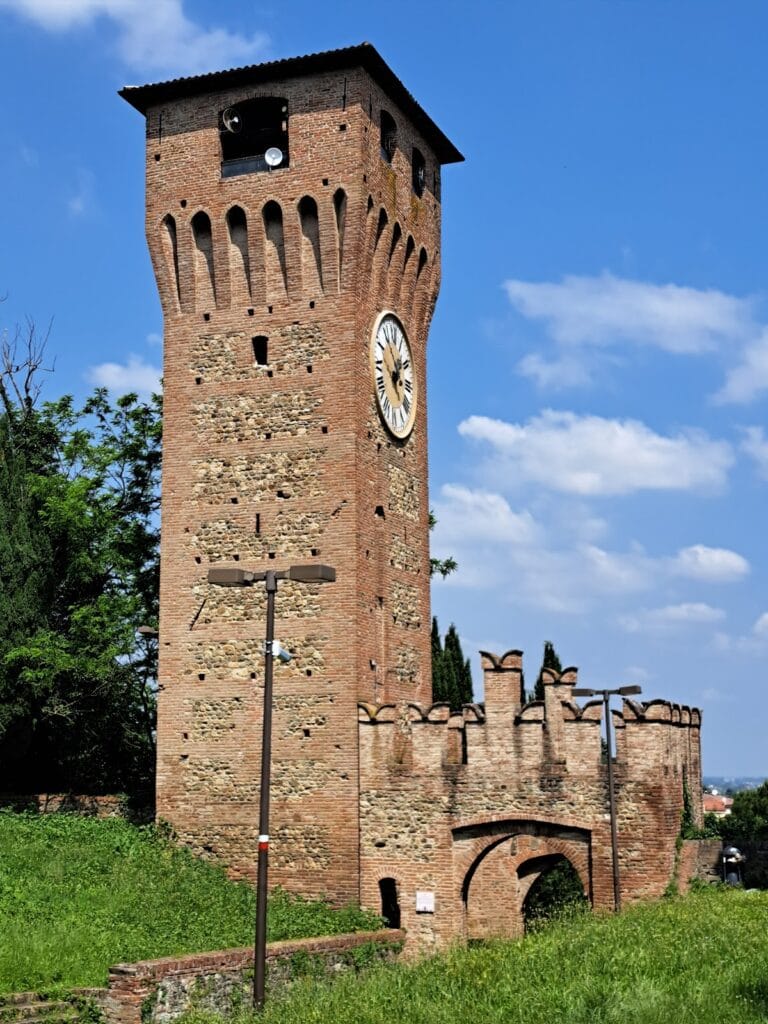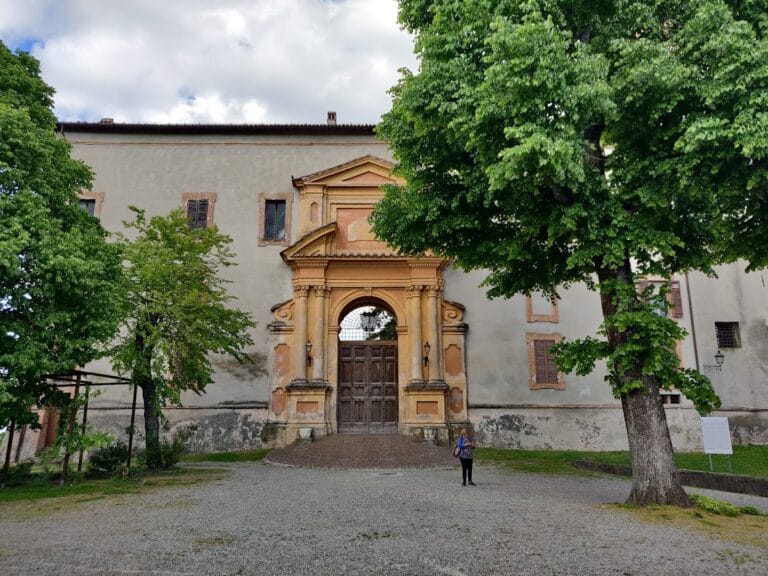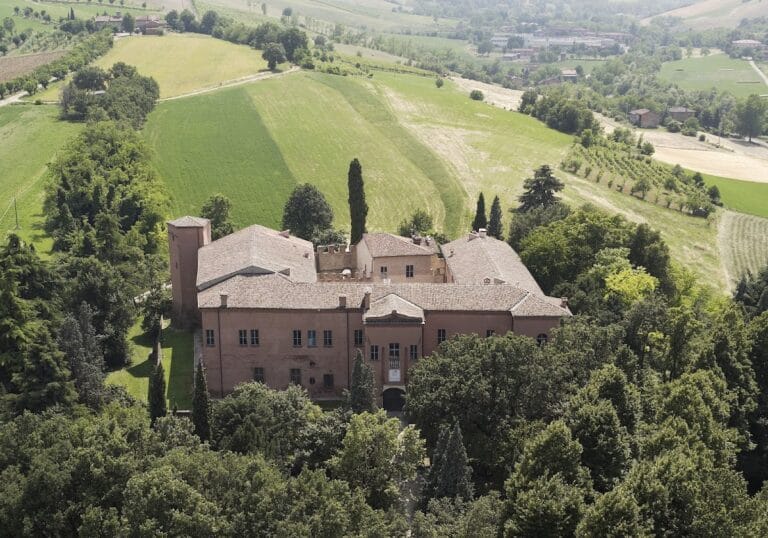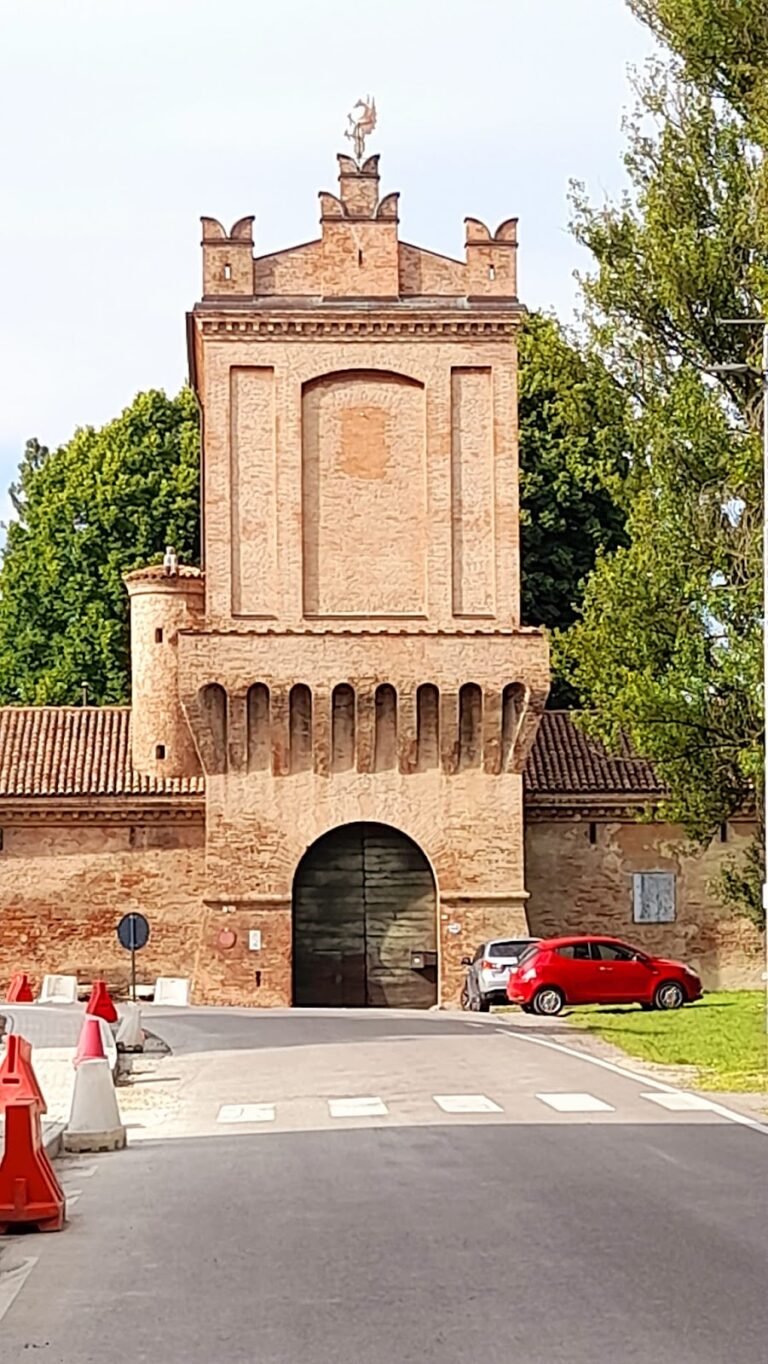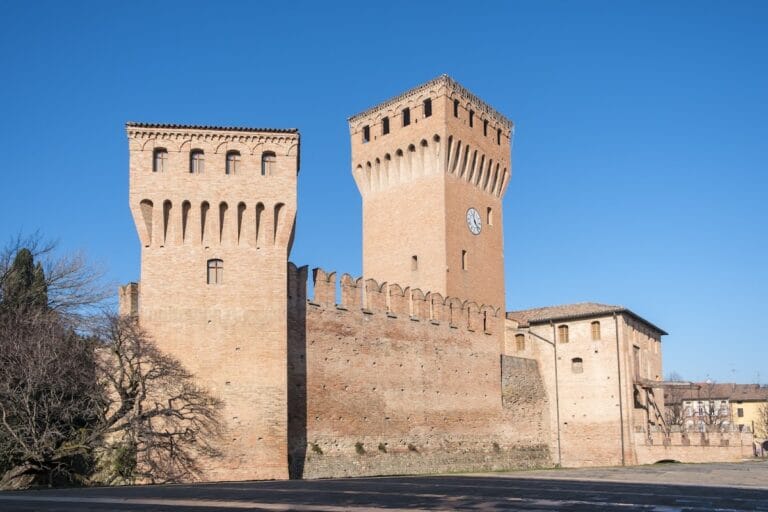Rocca di Vignola: A Medieval Castle in Italy
Visitor Information
Google Rating: 4.6
Popularity: Medium
Google Maps: View on Google Maps
Official Website: www.roccadivignola.it
Country: Italy
Civilization: Medieval European
Remains: Military
History
The Rocca di Vignola is a castle situated in the town of Vignola, Italy. It was originally constructed by the medieval European civilization to protect the settlement located on the banks of the Panaro River.
Its earliest origins likely date back to the period following the Carolingian era, built primarily as a defensive fortress against invasions by the Magyars, a nomadic people who threatened the region in the early Middle Ages. Historical records confirm that by 936 AD, the town of Vignola was under the jurisdiction of the Bishop of Modena. The existence of the castle itself is documented by 1178, indicating the fortification had become an established part of the area’s military infrastructure. Until the 15th century, the castle’s use was exclusively for military and defensive purposes, guarding the town and surrounding lands.
In 1401, ownership marked a turning point when Uguccione dei Contrari, a nobleman from Ferrara, was granted the fief of Vignola by Niccolò III d’Este, lord of Ferrara. Over the following twenty years, the castle underwent significant transformation from a purely military stronghold into a luxurious residence befitting the Contrari family’s noble status. This renovation reflected the shifting priorities of the period, as the need for defense aligned with displays of wealth and social standing.
The Contrari family maintained control until their lineage ended in 1575. Their territories, including Vignola, returned briefly to the Este family’s possession. Shortly thereafter, in 1577, the fiefdom was sold to Jacopo Boncompagni, the illegitimate son of the future Pope Gregory XIII. The Boncompagni family, however, did not reside permanently in Vignola but instead appointed an administrator to oversee the castle and its lands, visiting the town sporadically.
The final phase of feudal rule ended in 1796 when Napoleon’s forces arrived, leading to the loss of the Boncompagni family’s control. A republican committee then assumed governance of Vignola. After the fall of Napoleon and the reorganization of power in 1815, Vignola was incorporated into the domains of Duke Francesco IV of Modena but lost its former status as a marquisate. Throughout the 19th century, the castle adapted to serve civic functions, housing social and political institutions such as the town hall, a library, and the local savings bank. The latter institution purchased the property in 1965, later transferring ownership to its charitable foundation in 1998.
Remains
The Rocca di Vignola presents a well-preserved layout typical of medieval castles, featuring a robust architectural framework that has been carefully restored to reveal both structural elements and interior decorations. Its construction incorporates durable materials and techniques fitting a fortress of its age, while later modifications reflect its gradual shift from military use to noble residence and civic utility.
Among the castle’s most significant features are several frescoed halls primarily dating back to the 15th century. On the ground floor, visitors can find the Hall of Lions and Leopards, the Hall of Doves, and the Hall of Rings, all richly decorated with symbolic imagery. These rooms are complemented on the first floor by the Hall of Ladies, the Hall of Coats of Arms, and the Hall of Tree Trunks, whose frescoes narrate the history of the Contrari family and highlight their connections with the Este dynasty.
The castle chapel is notable for its late Gothic fresco cycle, commissioned by Uguccione Contrari and recently restored. These paintings portray scenes from the Stories of Christ and are attributed to the so-called “Master of Vignola,” an important but anonymous early 15th-century artist from the Emilia region. This chapel remains an important testament to the religious and artistic heritage of the castle’s noble occupants.
A particularly striking room is the Pavilion Hall, named after a painted tent with open sides that dominates one wall. In front of this pavilion are two figures believed to be Battistina Campofregoso and Ambrogio Contrari, whose marriage in 1461 is commemorated by the scene. The fresco offers an unusual interior perspective, showing crenellated walls enclosing a hanging garden, which is decorated with pomegranates, floral vines, leaves, and various ornamental plants, highlighting the artistic detail and symbolic richness of the castle’s decoration.
The overall restoration effort has allowed these frescoes and architectural elements to be preserved or returned to their original splendor, providing a coherent view of the castle’s evolution from fortress to noble residence and civic building. Today, the Rocca di Vignola stands as a well-maintained example of medieval military architecture adapted through centuries to changing functions and artistic tastes.


